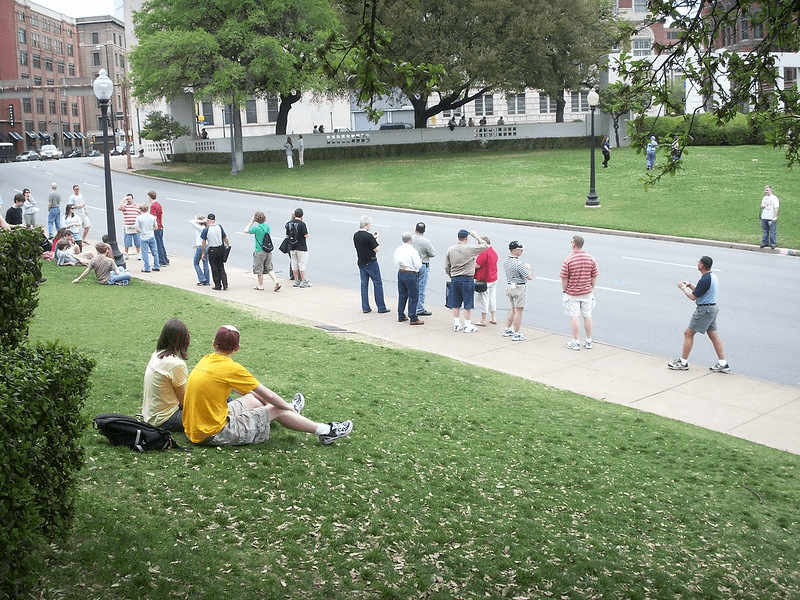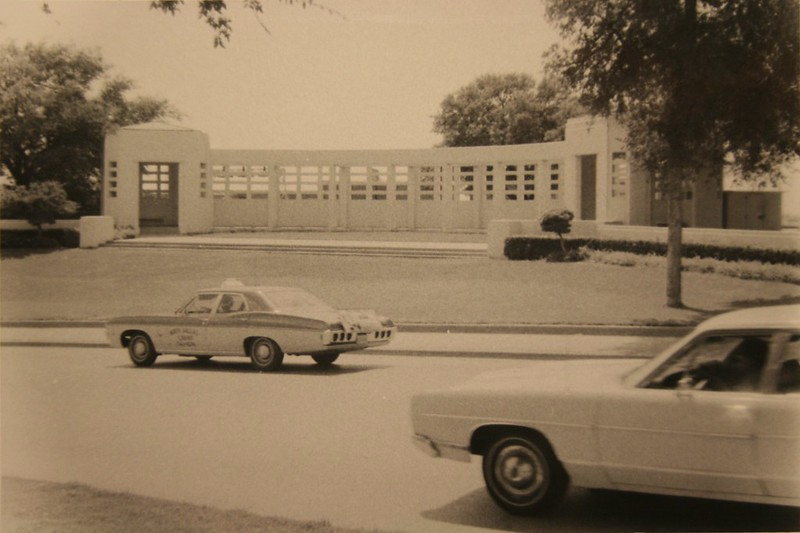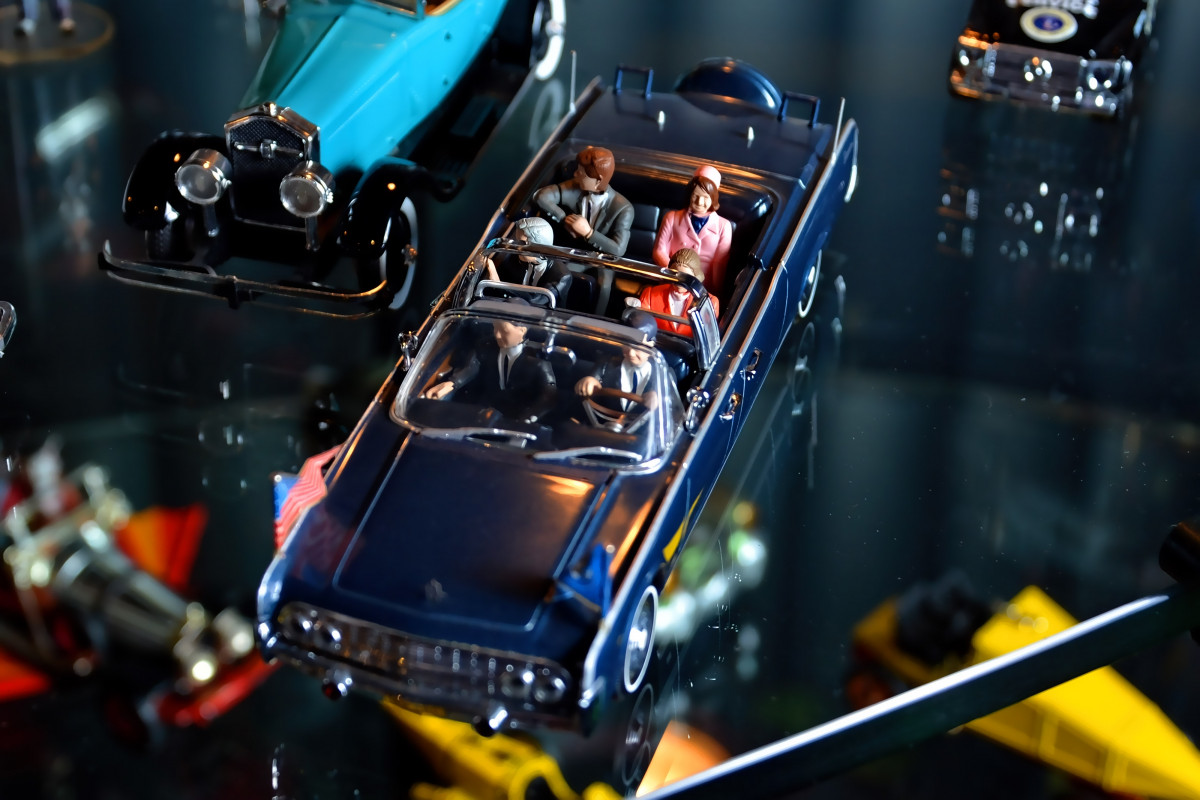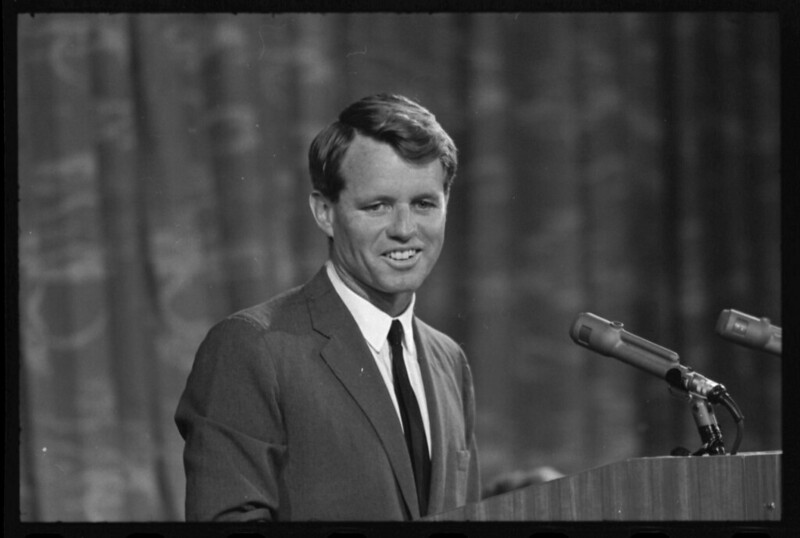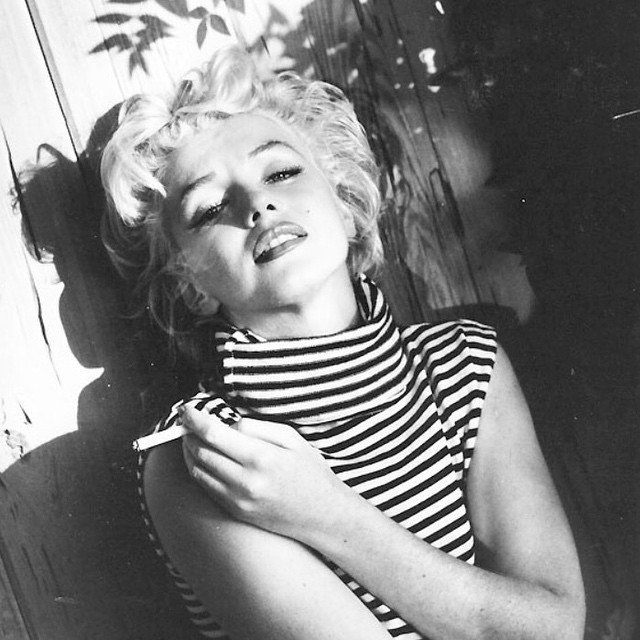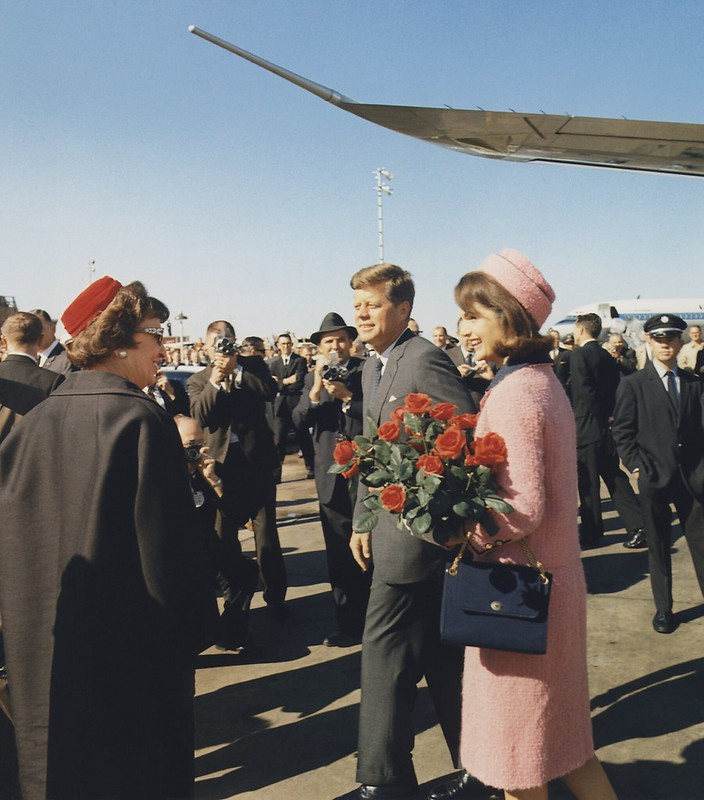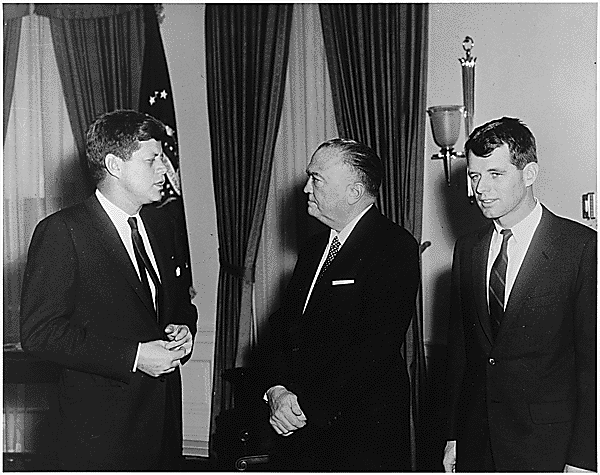- Jake Fernandez
- Blogs
- Hits: 164
The JFK Assassination and the Lawsuit Filed by the Nix Family
A 60-year-old home movie has emerged as a potential key to unraveling the mysteries of the JFK assassination, and the Nix family, who own the rights to this film, is at the forefront of this quest.
In today’s blog, we will discuss the Nix family lawsuit regarding the home movie shot by Orville Nix and its potential to shed new light on the political assassination.
The Vanishing Home Movie
Orville Nix's home movie was shot from the heart of Dealey Plaza as President Kennedy's motorcade entered Elm Street. It reportedly offers a unique perspective on the tragic events of November 22, 1963.
Unlike the more well-known Zapruder film, Nix's footage provides a clear view of the infamous "grassy knoll" when President Kennedy was ambushed. This vantage point has long intrigued researchers, with some suggesting the presence of additional snipers.
Nix's original film was analyzed by photo experts working for the House Select Committee on Assassinations findings (HSCA) in 1978. Their analysis concluded that Kennedy's assassination likely involved a conspiracy and that there may have been two gunmen.
However, the limitations of technology at the time left uncertainties about the film's capacity to capture the alleged conspirators, and the original film mysteriously vanished without a trace.
A New Era of Investigation
With recent advancements in digital image processing, the original frames from Nix's film hold the potential to reveal the truth that has remained elusive for decades.
The Nix family has initiated a lawsuit, marking their second attempt after a 2015 case was dismissed on jurisdictional grounds. The new legal effort seeks both the recovery of the original film and $29.7 million in compensatory damages.
A Troubling History Unveiled
In 1963, Orville Nix sold the rights to his film to United Press International for $5,000, with the promise of its return in 1988. After Nix's passing in 1972, the film's fate became increasingly convoluted.
Shockingly, the Nix family was never informed when the HSCA subpoenaed the original film from UPI in 1978. The lawsuit meticulously outlines the government's questionable handling of the film, including poor documentation and lax security.
Furthermore, it alleges that officials at the National Archives and Records Administration (NARA) have repeatedly denied having the original film in their possession despite newly uncovered evidence suggesting otherwise.
In addition to the potential revelations about the grassy knoll, the original film could offer valuable insights into other aspects of the John F. Kennedy assassination, making it a critical piece of the puzzle. The sooner it’s recovered, the sooner we may recreate the event and find the truth behind this political assassination. Follow our news section for more developments in this case.
Get in touch for feedback and suggestions.


